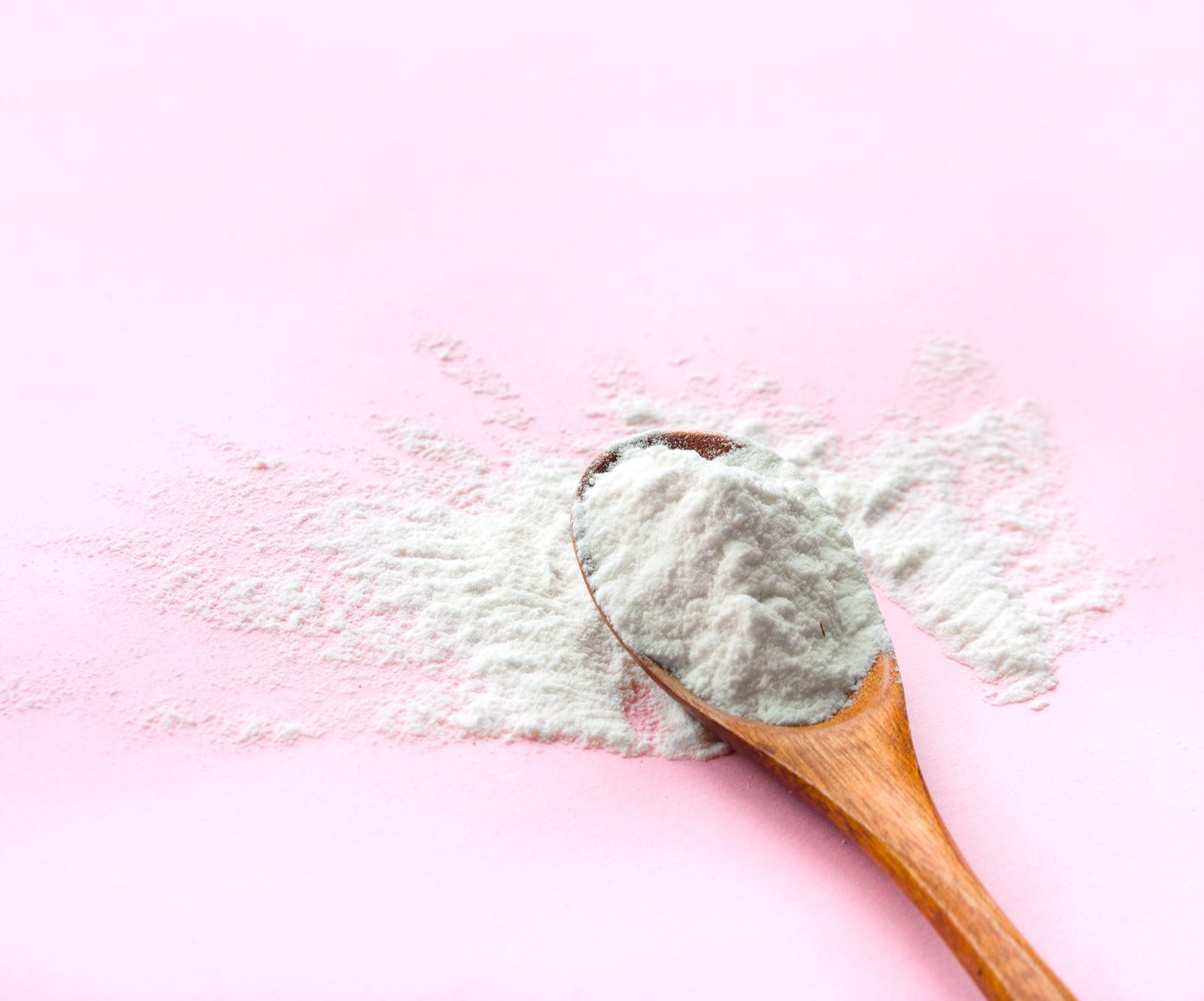
Стевията е растение, което би развълнувало всеки любител на сладкото поради две причини. Първо – тя е 15 пъти по-сладка от захарта. И второ – стевията не съдържа калории. Две неща, които употребени в едно изречение, звучат като сбъднат сън.
Стевията е може би най-естественият природен подсладител, който не променя нивата на кръвната захар и не съдържа страховитите калории, които откриваме навсякъде и ни „плашат“ всекидневно. А по своите вкусови качества стевията е близка до захарта, но е 15 пъти по-сладка от нея. На пример 100 грама захар се равняват на 3.3 грама стевия на прах.
Стевията може да бъде открита в търговската мрежа под няколко форми – алкохолен извлек, във филтри като за чай, на таблетки, на цели листа, течен извлек без алкохол.
По-долу ще разгледаме различните видове стевия и как могат да се употребяват.
- Стевия на листа
Листата от стевия се използват както за подслаждане на топли напитки, така и за приготвяне на чай. Своята популярност растението дължи на съдържащите се в неговите листа специфични сладки вещества – дитерпенови гликозиди. Сухите листа от Стевия са 15 пъти по-сладки от същото количество захар, без да съдържат хранителни калории, което я прави най-сладкия природен подсладител. Две-три листенца са напълно достатъчни, за да чаят стане толкова сладък, колкото, ако сложите две лъжички захар.
Приготвяне на чай от сухи листа стевия:
Най-добре е да измервате количеството концентрат с капкомер и сами да прецените колко подслажда една капка от концентрата. Така ще можете да дозирате правилно екстракта от стевия и ще избегнете възможността да сложите прекалено малко или прекалено много. Така при всяка нова сварена отвара ще трябва да прецените колко сладост има в една капка.
В таблицата са представени ориентировъчни пропорции при замяна на захарта с изсушени листа от стевия:
| Гранулирана захар | Стевия изсушени листа |
| 1 чаена лъжица | 1/8 чаена лъжица |
| 1 супена лъжица | 3/8 чаена лъжица |
| 1/4 чаша | 1/2 чаена лъжица |
| 1/2 чаша | 1 чаена лъжица |
| 1 чаша | 2 чаени лъжици |
| 1.7 кг | 0.201 кг |
Тези пропорции се отнасят за смлени или ситно натрошени изсушени листа от Стевия!
2. Стевия на прах
Прахообразната форма на стевията е лесна и удобна за употреба. Важно е да не се забравя, че е много по-сладка от захарта, поради което много малко количество е достатъчно да се постигне желаната сладост. Трябва да се опита няколко пъти, за да намерите оптималното количество спрямо личните предпочитания. Стевията на прах може да се използва за подслаждане на напитки, десерти, печива. Хубавото при нея е, че не съдържа алкохол, което е причина често този вариант да е предпочитан пред течните екстракти, които са на алкохолна основа.
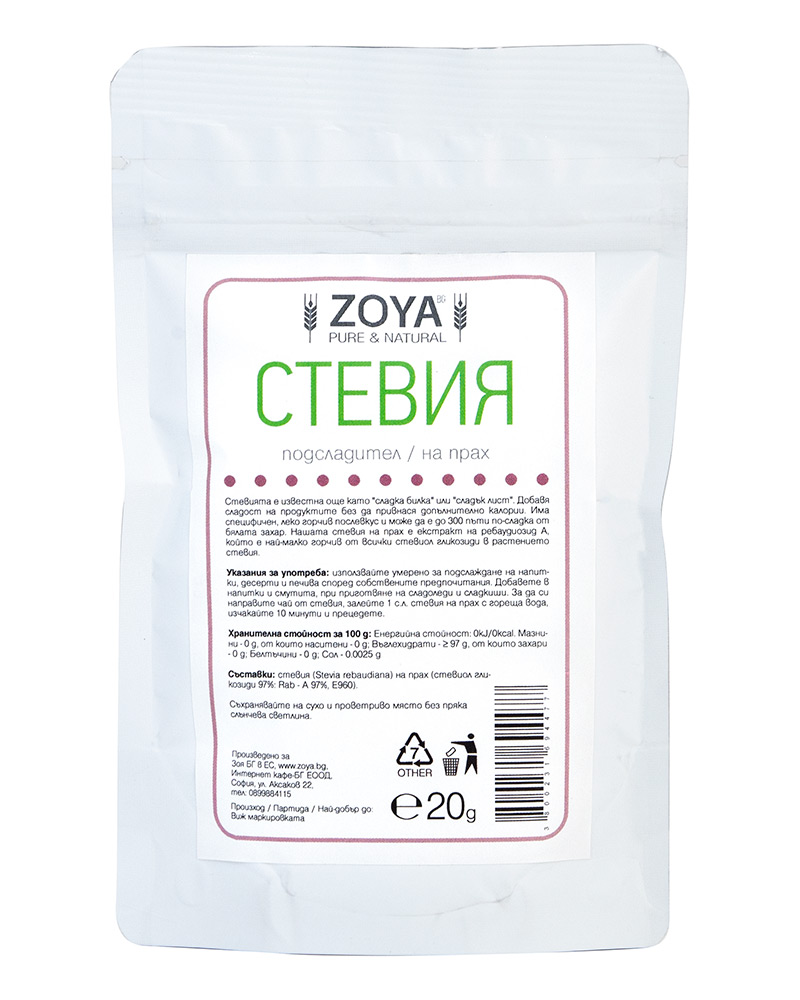
3. Tечен екстракт
Течният извлек от стевия е разпространена и популярена форма на стевията. Лесно се използва и дозира. Този трапезен подсладител е идеален за печива, сладки, десерти.
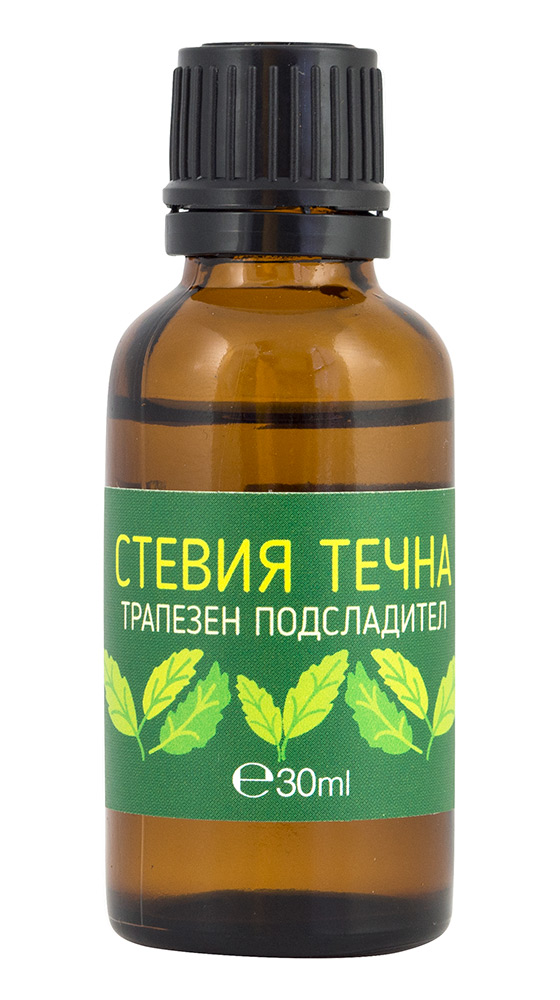
4. Чай от стевия в пакетчета
Чая от стевия е естесвено сладък и енергизиращ в същото време. Обикновено, говорейки за стевия се споменават само нейните подслаждащи свойства, но това далеч не е единствената ѝ силна страна. Стевия е мощен природен антиоксидант и адаптоген. Стимулира функционирането на организма на клетъчно ниво. Възстановява баланса на въглехидратния, белтъчен, мастен и водно-солеви обмен. Оказва релаксиращо действие върху нервната система, без да предизвиква сънливост.
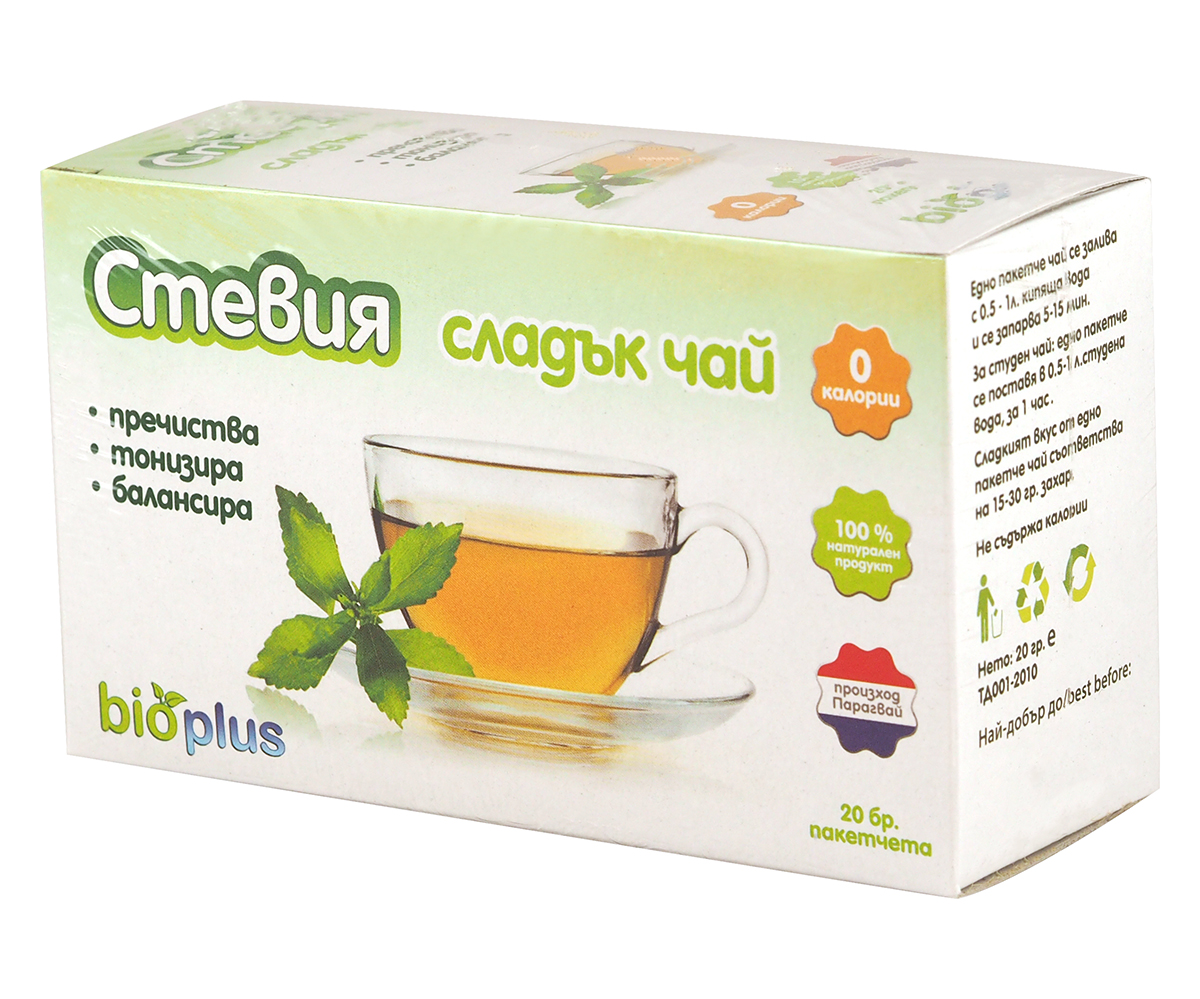
Независимо от сладкия си вкус, при консумиране, не предизвиква отделяне на инсулин и възпрепятства развитието на хипогликемично състояние при болните от диабет. Възстановява въглехидратния, белтъчен, мастен и водно-солеви обмен. Спомага за намаляване на затлъстяването и възпрепятства натрупване на наднормено тегло. Притежава полезен тонизиращ сърцето ефект, укрепва сърдечносъдовата система, понижава нивото на холестерина. Подпомага нормалното артериално налягане и микроциркулацията на кръвта. Снижава толерантността на клетките към кислороден глад. Подпомага нервно-мускулната проводимост. Подпомага работата на стомаха и червата, ферментивната активност на органите на храносмилателната система, при остри и хронични гастрити. Притежава бактерицидно, противоалергично, обезболяващо и антисклеротично действие. Помага при различни кожни заболявания: екземи, дерматити, алергии на кожата, себорея и псориазис. Благоприятства естествената функция на черния дроб. Подпомага имунната система и съпротивителните сили на организма… [3]
… списъкът е много дълъг.
Препоръчва се: При диети за намаляване на наднормено тегло; При диети на спортисти и дейности свързани с високи физически натоварвания; При кариеси и кървящи венци; При повишена умствена заетост и високи стресови натоварвания; Може да се използва самостоятелно или съвместно с други билки. [3]
5. Семена за засаждане
Стевията е светлолюбиво растение на късия ден. При условията на дълъг ден тя се издължава, създава по-голяма листна маса и не успява да стигне до цъфтеж. За стайното и отглеждане е необходима добре подготвена почвена смес. Тя трябва да бъде неутрална, богата на органични и минерални вещества, с високо съдържание на пясък, което осигурява добра въздушна пропускливост и едновременно задържа влагата. Стевията е растение произхождащо от района на влажните тропици. Високата почвена влажност и влажност на въздуха са задължително условие за нейното нормално развитие. Стевията не понася каквото и да е засушаване. В домашни условия отглеждането на стевия е относително лесно. Изберете южно или юго-западно изложение в близост до прозореца. От оптималната осветеност и температурния режим зависи натрупването на стевизоиди в листата на растението. За почвен субстрат използвайте торф (50%), смесен с градинска почва и пясък. Поливането и другите грижи са същите, както и при останалите стайни растения. Поливайте умерено, но често. Ако гледате стевия на прозореца трябва редовно да овлажнявате въздуха. Веднъж на 2-3 месеца извършвайте подхранване с течен тор богат на микроелементи. През летните месеци е добре да изнасяте растението на балкона или в дворната градина. Отглеждайки, дори и едно растение от стевия в дома си, вие си осигурявате възможността да имате под ръка винаги един прекрасен и естествен заместител на захарта. При добро отглеждане от 1 квадратен метър вие може да получите естествен подсладител, който може да замести 7 килограма захар.
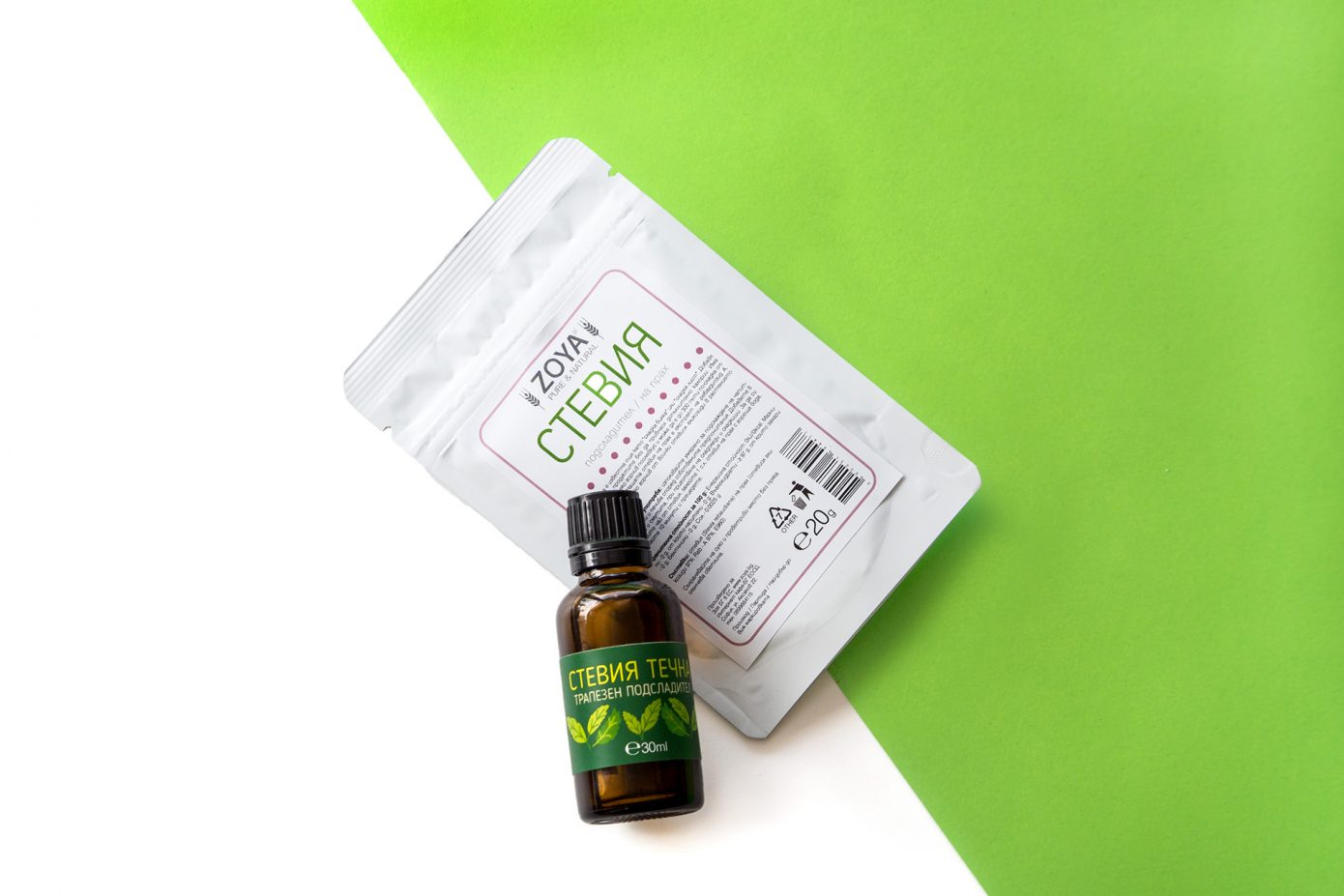
Въпроси и отговори за стевията на английски
Q) What is Stevia?
A) Stevia Rebaudiana is an herb in the Chrysanthemum family which grows wild as a small shrub in parts of Paraguay and Brazil. The glycosides in its leaves, including up to 10% Stevioside, account for its incredible sweetness, making it unique among the nearly 300 species of Stevia plants.
There are indications that Stevia (or Ca-he-he) has been used to sweeten a native beverage called mate since Pre-Columbian times. However, a Natural Scientist names Antonio Bertoni first recorded its usage by native tribes in 1887.
Q) How much Stevia is used around the world?
A) Exact numbers are unavailable at this time. However, as an indication, Japanese consumers used the equivalent of 700 metric tonnes of Stevia leaves in 1987 alone. This number does not include other major consuming countries such as Brazil and the whole of South America; South Korea, China and the whole of the Pacific Rim; as well as Europe, Australia and North America. I would also assume that the Japanese figure has increased since 1987.
Q) What is the FDA’s position on Stevia?
A) The FDA’s position on Stevia is somewhat ambiguous. In 1991, citing a preliminary mutagenicity study, the FDA issued an import alert which effectively blocked the importation and sale of Stevia in this country. Ironically, this was the year that a follow-up study found flaws in the first study and seriously questioned its results.
In September of 1995, the FDA revised its import alert to allow Stevia and its extracts to be imported as a food supplement but not as a sweetener. Yet, it defines Stevia as an unapproved food additive, not affirmed as GRAS (Generally Recognized as Safe) in the United States. The following is a portion of this revised alert:
„If Stevia is to be used in a dietary supplement for a technical effect, such as use as a sweetener or flavoring agent, and is labeled as such, it is considered an unsafe food additive. However, in the absence of labeling specifying that stevia is being or will be used for technical effect, use of stevia as a dietary ingredient in a dietary supplement is not subject to the food additive provisions of FD & C ACT.“
In my opinion, this revision represents a political compromise between the artificial sweetener and sugar lobbyists and the Natural Food Industry and its representatives, as mediated by the FDA.
Q) Where is Stevia cultivated?
A) Mainly in Paraguay, Brazil, Japan and China. There are other growers scattered across the Pacific Rim. Stevia is also being cultivated in Southern Ontario and Mexico. Surprisingly, it has been successfully grown in California and the South of England as well.
Q) How has Stevia been used in food applications?
A) First, as a prepackaged replacement for sugar and artificial sweeteners. Second, it has been used in various food products, including the Japanese sugar-free versions of Wrigley’s gums, Beatrice Foods yogurts and even diet Coke. It has also been used in Japanese style pickles, dried seafoods, fish meat products, vegetables and seafoods boiled down with soy sauce, confectioneries and a host of other products. Whether it will reach into food applications such as these in the U.S. market depend largely on the FDA’s regulatory position and health industry efforts to re-classify Stevia as a GRAS (generally recognized as substance.
Q) Is Stevia safe?
A) See chapter 6 for a detailed discussion. In general, Stevia is an all-natural herbal product with centuries of safe usage by native Indians in Paraguay. It has been thoroughly tested in dozens of tests around the world and found to be completely non-toxic. It has also been consumed safely in massive quantities (Thousands of tonnes annually) for the past twenty years. Although one group of studies, perform 1985 through 1987, found one ofthe metabolises of steviosides, called Steviol, to be mutagenic towards a particular strain of Salmonella bacteria, there is serious doubt as to whether this study is applicable to human metabolism of Stevia. In fact, the methodology used to measure the mutagenicity in this test was flawed according to a follow-up piece of research which also seriously questioned the validity of the results. For myself, I intend to use the product with both confidence in nature and respect for the healthy moderation and balance which nature teaches us.
Q) Can Stevia replace sugar in the diet?
A) Yes. Refined sugar is virtually devoid of nutritional benefits and, at best, represents empty calories in the diet. At worst, it has been implicated in numerous degenerative diseases. Stevia is much sweeter than sugar and has none of sugar’s unhealthy drawbacks.
Q) How sweet is Stevia?
A) The crude Stevia leaves and herbal powder (green) are reported to be 10-15 times sweeter than table sugar. The refined extracts of Stevia called steviosides (a white powder, 85-95% Steviosides) claim to be 200-300 times sweeter than table sugar. My experience is that the herbal powder is very sweet while the refined extract is incredibly sweet and needs to be diluted to be properly used. Both products have a slight bitter aftertaste, also characteristic of licorice.
Q) Can Stevia replace artificial sweeteners in the diet?
A) Yes! I do not believe that humans should consume anything artificial in their diets. Stevia offers a safe, all-natural, alternative to these „toxic time-bombs.“ And industrial usage in Japan proves that this substitution is both practical and economical.
Q) How many calories are in Stevia?
A) Virtually none. And the refined Stevia extracts are considered to be non-caloric.
Q) Will Stevia raise my blood sugar levels?
A) Not at all. In fact, according to some research, it may actually lower blood sugar levels. However, this research has yet to be confirmed and contradictory results make any conclusions premature.
Q) Can I use Stevia if I am diabetic?
A) Diabetes is a medical condition which should be monitored and treated by a qualified physician or health care practitioner. However, Stevia can be a part of a healthy diet for anyone with blood sugar problems since it does not raise blood sugar levels. If in doubt, ask your doctor. However, if they do say no, ask them politely for the current research to support their opinion.
Q) Can I combine Stevia with other sweeteners?
A) Most certainly. However, sweeteners in general should be used in moderation in a balanced healthy diet. And refined and artificial sweeteners should be avoided altogether.
Q) Will Stevia harm my teeth?
A) Apparently not. Two tests conducted by Purdue University’s Dental Science Research Group have concluded that Stevioside is both fluo-ride compatible and „significantly“ inhibits the development of plaque, thus Stevia may actually help to prevent cavities.
Q) Can Stevia be used in cooking and baking?
A) Absolutely! Industrial research in Japan has shown that Stevia and Stevioside extracts are extremely heat stable in a variety of everyday cooking and baking situations.
Q) Does Stevia contain vitamins and minerals?
A) Raw herbal Stevia contains nearly one hundred identified phytonutrients and volatile oils, including trace amounts of Rutin (from the Callus) and B-Sitosterol (from the leaves). However, in the quantities typically consumed, the nutritive benefits will be negligible. The extracts of Stevia, being more refined, will contain far fewer of these phytonutrients and volatile oils.
Q) How are Stevia extracts prepared?
A) Extracts of Stevia leaves can be prepared by a number of methods some of which are patented. One researcher states: „Production of Stevioside involves water extraction from the dried leaves, followed by clarification and crystalization processes. Most commercial processes consist of water extraction, decoloration, and purification using ion-exchange resins, electrolytic techniques, or precipitating agents.“
Q) Can I make my own Stevia Extract?
A) Yes. A liquid extract can be made from the whole Stevia leaves or from the green herbal Stevia powder. Simply combine a measured portion of Stevia leaves or herbal powder with pure USP grain alcohol (Brand, or Scotch will also do) and let the mixture sit for 24 hours. Filter the liquid from the leaves or powder residue and dilute to taste using pure water. Note that the alcohol content can be reduced by very slowly heating (not boiling) the extract and allowing the alcohol to evaporate off. A pure water extract can be similarly prepared, but will not extract quite as much of the sweet glycosides as will the alcohol. Either liquid extract can be cooked down and concentrated into a syrup.
Q) What is the replacement factor for Stevia herbal powder and extract in terms of common table sugar?
A) Since Stevia is 10 to 15 times sweeter than sugar, this is a fair, if approximate, replacement factor. Since the crude herb may vary in strength, some experimentation may be necessary. The high stevioside extracts are between 200-300 times sweeter than sugar and should be used sparingly. Unfortunately, FDA labelling guidelines may prevent manufacturers from providing a specific replacement factor.
Q) What cant I do with Stevia?
A) Stevia does not caramelize as sugar does. Meringues may also be difficult since Stevia does not brown or crystalize as sugar does.
Q) Will Stevia change the color of my food?
A) The green herbal powder may impart a slight amount of color to your food, depending on how much you use in your recipe. If you are concerned about color, I would suggest that you use the white powdered extract or a similar „clear“ liquid extract of Stevia.
Q) Where can I buy Stevia herbal powder and extract?
A) At your local natural food store. As Stevia gains consumer acceptance, it may also begin to appear in supermarkets and grocery stores, but probably only in its refined form.
Q) What is the future of Stevia?
A) Very bright, as long as the gene stock of the Native Paraguay Stevia Rebaudiana species is preserved in the wild. Overharvesting and foreign transplantation has depleted this stock which contains the greatest possible gene diversity, essential to the strength and continuance of the species.
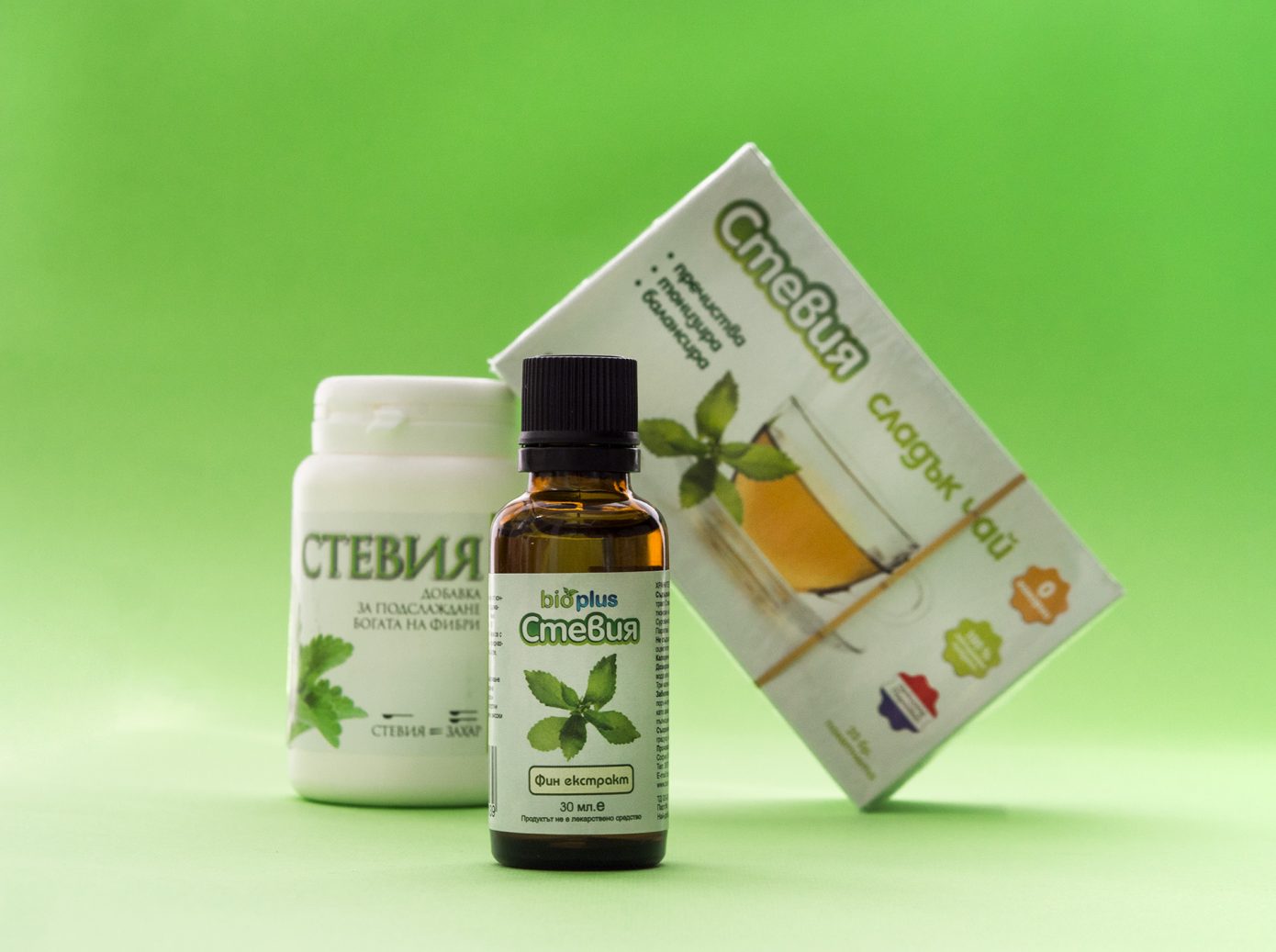
Източници:
- Bio Harmony; http://stevia.blog.bg; малък вестник „добър апетит“
- Stevia.com http://www.stevia.com/Stevia_Article/Frequently_asked_questions_FAQ/2269
- BioPlus https://www.bioplus-bg.com/products.html
- Healthline https://www.healthline.com/nutrition/stevia-vs-sugar
- LiveScience What is stevia? https://www.livescience.com/39601-stevia-facts-safety.html
Автор: Радина / Зоя.БГ
Снимки: Мария / Зоя.БГ
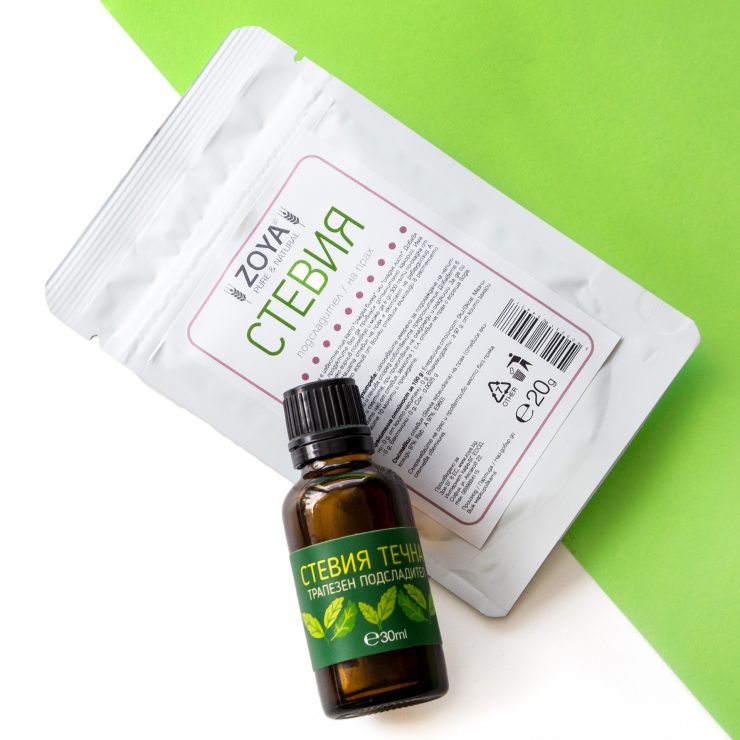

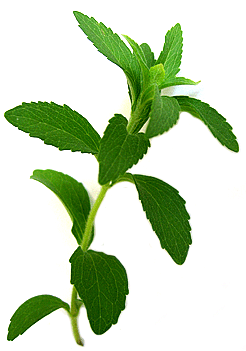
Има го в България – по всички диетични и био магазини
Има ли го като заместител на захар в България
http://stevia-bg.info/ – това е сайта :-)
а къде е сайта?:)
възбужда ли стевията плодовата ферментация?
Здравейте, четох статията за стевиятя и видях че сте написали само за едина фирма която продава семена. Изпращам ви сайт в който пише че може да се поръчат семена от стевия. за съжаление не съм попръчвала.
Поздрави
Мери